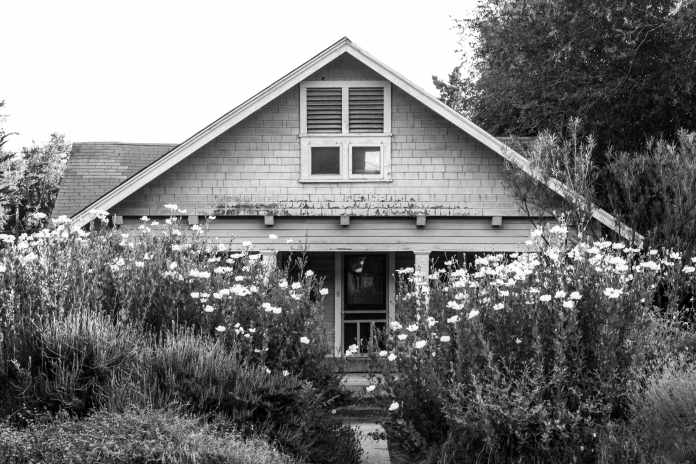Opening a halfway house can be an excellent investment in both your financial situation and your community. Halfway houses, also known as sober living houses, make it possible for individuals to transition toward living independently. But because it does require a lot of planning — securing a location, getting business loans, and developing programs. How much would it cost to create a halfway house? How much does a halfway house make?
The Costs of Running a Halfway House
The costs of running a halfway house are similar to running any other type of housing or business. There are rent or mortgage costs, staffing, cleaning, maintenance, and more. But there are also government grants and other loans available for those who are interested in running a halfway house. You should be aware that there are also requirements, including licensing and permits.
- Rent: These costs depend on the area. It can be anywhere from $2,000 to $20,000 depending on how large of a halfway house you want to run. You need to plan accordingly and make sure you’re appropriately zoned. You can also purchase a property, which can reduce your costs; while your mortgage payments might be similar (if a little less), your mortgage interest payments are tax-deductible.
- Staff: Staff is likely to be your largest cost. While you can staff a halfway house on your own, you’re likely to need to pay other professionals to make sure that everything is handled, maintained, and cleaned.
- Maintenance and repairs: You need to make sure that your halfway house is in good condition, which includes doing plumbing and electrical repairs, making sure that furnishings and decor are well-kept, and otherwise contributing to a positive environment.
- Utilities: Gas, electricity, and water may all be expensive, and you may be including it within your halfway house costs, or you may be billing it separately. Either way, there will likely be some expense.
- Food and other sundries: Many times, those at a halfway house don’t have the supplies they need. You may want to provide meals for them or other sundries such as soap and laundry detergent.
Take a careful look at what you would need for each person then multiply it for the number of people. Some halfway houses can have dozens of individuals. Other halfway houses can start with only a few.
The most variable costs to create a halfway house will usually be the rent and staff payments, both of which vary dramatically depending on location. But many people can save money on building halfway houses by putting them in more distant areas of town, which also removes those within the house from other distractions.
How Much Can You Make from a Halfway House?
Many halfway houses operate as non-profit organizations, which also opens more grant and lending opportunities. But these non-profit organizations still pay out a fair wage to those who are running the organization, which means even though the halfway itself may not make “profit,” you will still be able to pay yourself a wage so you can continue running the halfway house full-time.
Most of the counselors working to create a halfway house will make around $30,000 and a manager of a sober living house may make around $35,000. But sober living jobs can go up to $45,000. While there are some costs to keep in mind, people who are at a halfway house pay for the right to be there. Some of them may pay on a sliding scale (if you choose to have a sliding scale), but others should pay enough to cover rent, utilities, and other costs.
Halfway houses and sober living houses are useful in virtually every community. They can vary tremendously, from very expensive to very affordable. It depends on the type of sober living house you want to make, how many people you want to house, and the areas that you’re in. If you’re ready to start planning, you should start making plans for the type of sober living house you want, and where you would like to put it.
For the right person, a sober living house can be an excellent investment. Not only does it improve the community around it, but it ensures continuous income much like any other type of rental. Along with grants and other opportunities, an individual can turn a sober living house into a very solid investment. Those who don’t want to be hands-on can instead look into purchasing real estate that could be used for sober living houses, rather than managing them directly. If you are interested int turning property into extra income, or want to know more about how you can help give back to your community, contact Open up a Halfwayhouse today to pick up your guidebook.

















